By asking what art “does,” the curators of the eleventh Gwangju Biennale betray a palpable anxiety about whether the field in which we work makes any meaningful contribution to the societies in which we live. The feeling will be familiar to many of us in these increasingly ugly times, in which to be “doing” anything other than taking to the streets in defense of democratic liberties might reasonably be interpreted as a generation-wide dereliction of duty. Yet the blunt demand that art be defined by its measurable actions on the world – that it “do” something – is here confused by the title’s accompanying citation of a theory derived from the altogether more rarefied territory of twelfth-century Persian theosophy. The “eighth climate” describes a realm in which the spiritual and physical worlds collide, a “mundus imaginalis” adopted by Gwangju’s artistic director Maria Lind as an analogy for contemporary art as a space in which “visionary” and thus transformative knowledge is possible. Art is figured by Lind as safely removed from the material world while at the same time capable of acting decisively upon it, which sounds suspiciously like having your cake and eating it. At best it’s a big ask of a single biennale to demonstrate that two-part premise; at worst it’s overreach bordering on incoherence.
Dora García’s Nokdu bookstore for the living and the dead (2016), installed in the opening gallery of Gwangju’s main exhibition hall, puts forward one way a cultural institution can establish a conceptual space in which change can be perceived, imagined, and organized. The pop-up bookshop restages one of the key sites of Gwangju’s democratic uprisings, in 1980. The original shop it references hosted meetings between pro-democracy students and activists, published and distributed a revolutionary pamphlet, and helped to coordinate a protest that ended in the infamous massacre of several-hundred civilians (the official number remains a matter of dispute). In its new, temporary incarnation, it has been stocked with donated books and hosted a program of lectures that did not, disappointingly, extend beyond the biennale’s opening weekend and the physical presence in Gwangju of the artist.*
It was equally frustrating to note that the smattering of English-language books on the shop’s shelves were largely restricted to the theory and practice of contemporary art. It might be that the selection of Korean publications was broader (I wasn’t in a position to judge), reflecting the fact that even intellectual revolutions depend for their catalysis on a broad confluence of ideas, energies, and attitudes; but that the bookshop offered relatively little material pertaining directly to the local society, culture, and government might be taken as a metonym for the biennale’s struggle to convincingly execute its own premise. The preoccupation with issues surrounding contemporary art, rather than those directly outside the exhibition hall, felt like a missed opportunity to create a space for the exchange of radical ideas in a country that has recently seen a marked increase in censorship, encompassing both online and printed materials. (Listing its status as only “partly free,” the 2015 Freedom of the Press report on South Korea noted that the South Korean administration’s broad application of the National Security Law was having a “chilling effect on journalists.”) Here was an opportunity to practice what the title preaches.
More effective, in practical and ideological terms, was the inclusion of Trevor Paglen’s Wi-Fi router / minimalist sculpture Autonomy Cube (2014). The local network established by the router, which redirects users’ date over the encrypted and therefore anonymizing Tor network, reimagines the art institution as a consecrated space in which the emancipatory, utopian potential of the internet might be redeemed from government surveillance and corporate data-harvesting. That the smartphone user is entered into a volunteer-run internet infrastructure merely by joining a Wi-Fi network, and that this makes possible (at least theoretically) the private exchange of seditious material, offers up a more persuasive vision of art as a communal zone in which the future can be freely imagined. A series of other works in the biennial – notably Hito Steyerl’s video installation Factory of the Sun (2015) and Nicholas Mangan’s The Limits to Growth (2016) – address issues pertaining to the global flow of data and the abstraction of the digital economy. Here were convincing examples of how art might raise awareness of the ways in which our world is changing, and thereby encourage us to act upon them.
The most compelling example of a work of art “doing” something is provided by Lawrence Abu Hamdan’s Rubber Coated Steel (2016), which investigates the circumstances surrounding the unlawful killing of two Palestinian teenagers by Israeli soldiers in 2014. A video tribunal in which an expert is presented with aural evidence to the effect that soldiers used live ammunition rather than rubber bullets when firing on protestors is flanked by a shooting gallery of “spectograms” (colorful visualizations of the sound frequencies emitted by the gunshots under dispute). The work furthers the artist’s mission to give voice to people (migrants, those living under occupation) who cannot be heard, and its effectiveness can be measured by the fact that the Israeli military was ultimately forced to renounce its denial that live ammunition had been fired. The work demonstrably succeeds in “doing” something – namely exposing injustice – but it’s difficult to see in what sense this depends upon access to an “imaginal” world.
Jeamin Cha’s short video Fog and Smoke (2013), set on the streets of Songdo International Business District, the “smart city” and symbol of South Korea’s economic revival after the Asian financial crisis of 1997-1998, does succeed in welding together the otherworldly and the mundane. The film plays on Bertolt Brecht and Kurt Weill’s Rise and Fall of the City of Mahagonny (1930), and a ghostlike tap dancer who clicks his way down the deserted streets at night offers one possible answer to the title’s question of what art “does.” Belonging neither to the ousted residents who drive their antiquated tractors through the city, nor to the agents of hyper-capitalism that colonized it, this mysterious performer reimagines the city as a theatrical space in which the two collide. An office desk is similarly transformed by Amalia Pica’s new commission Joy in Paperwork (Archive) (2015-16) into a site of cultural production, encouraging visitors to compose colorful concrete poems using the paper and rubber stamps scattered across it. Ane Hjort Guttu and Daisuke Kosugi’s The Lost Dreams of Naoki Hayakawa (2016), meanwhile, blurs documentary and fiction in a surrealist meditation on the exploitation of creativity by the labor market.
At its best “The Eighth Climate” posits playfulness, the inclination to disrupt, and the exercise of the imagination as means by which it is possible to more clearly perceive the present and thus to act upon the future. Suha Traboulsi in collaboration with Walid Raad’s Postscript to the Arabic Translation (2015), which memorializes artworks stolen from the Lebanese national collection by reproducing them on the sides of shipping crates, advances a critique of art’s implication in kleptocratic networks of power while also offering an example of how art might be used to resist or challenge those injustices. It employs a fictional construct—and thus retains a degree of ambiguity crucial to its effect—to provoke reflection and beyond that indignation in the viewer. Here the apparently contradictory demands that art operate in the realm of the “imaginal” and impact upon the world of things are reconciled: as long as one recalls that, ultimately, the burden of action lies not on the work of art, but on its audience.
*Dora Garcia informs us that the lecture series at her installation at Gwangju Biennale is ongoing.


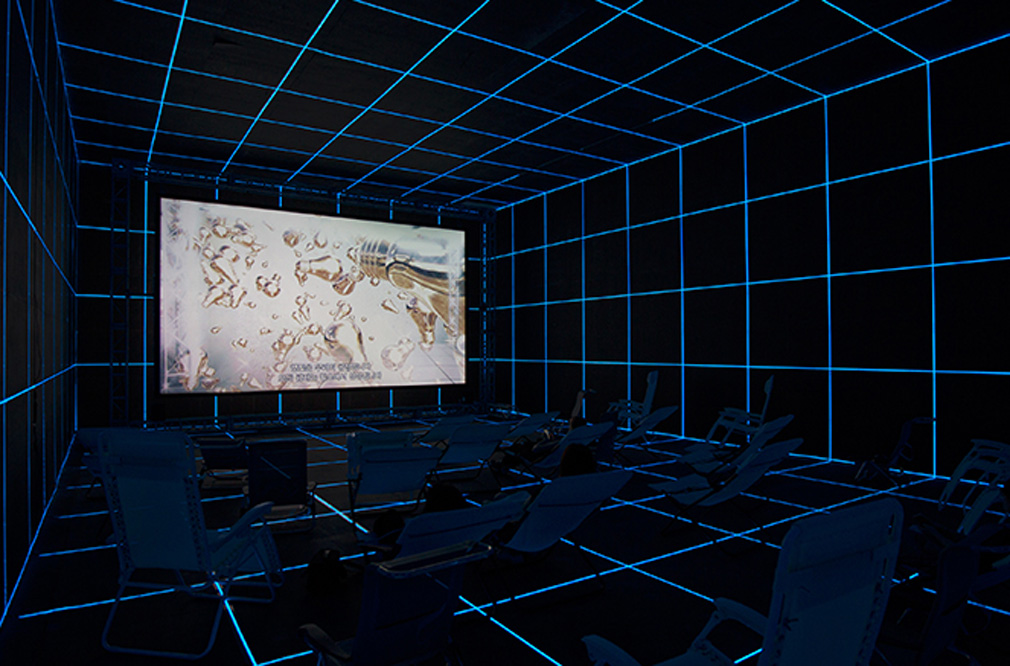
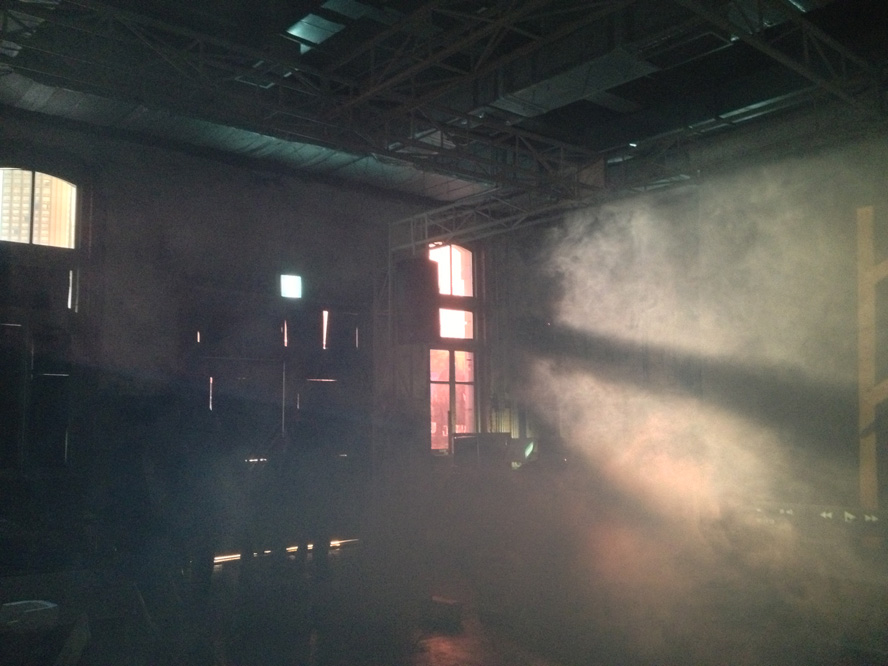
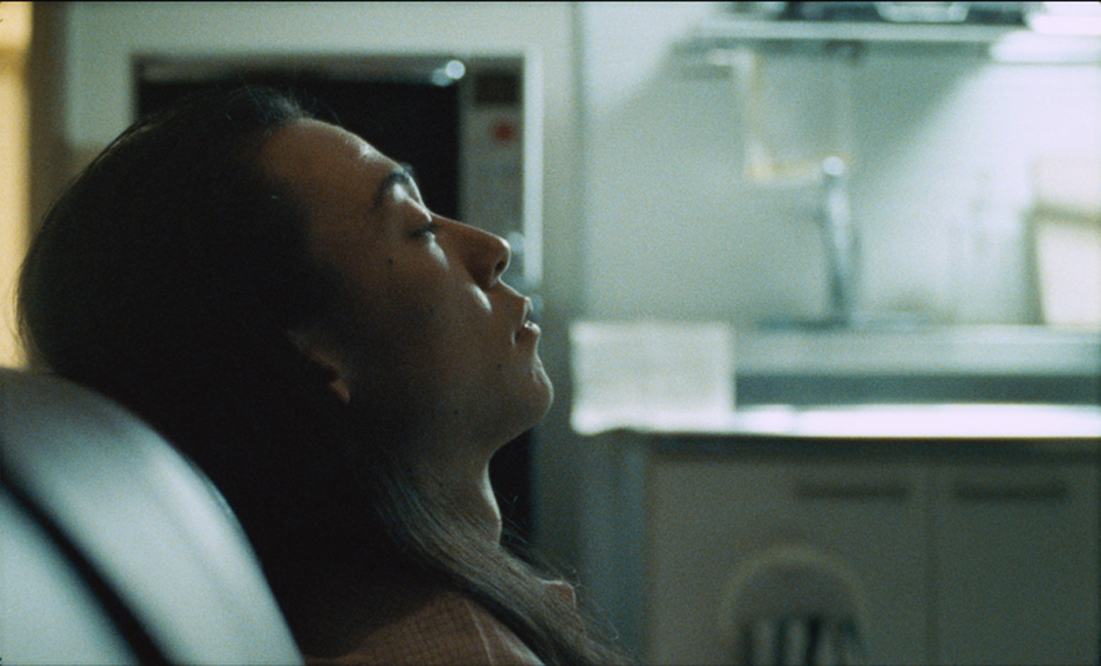
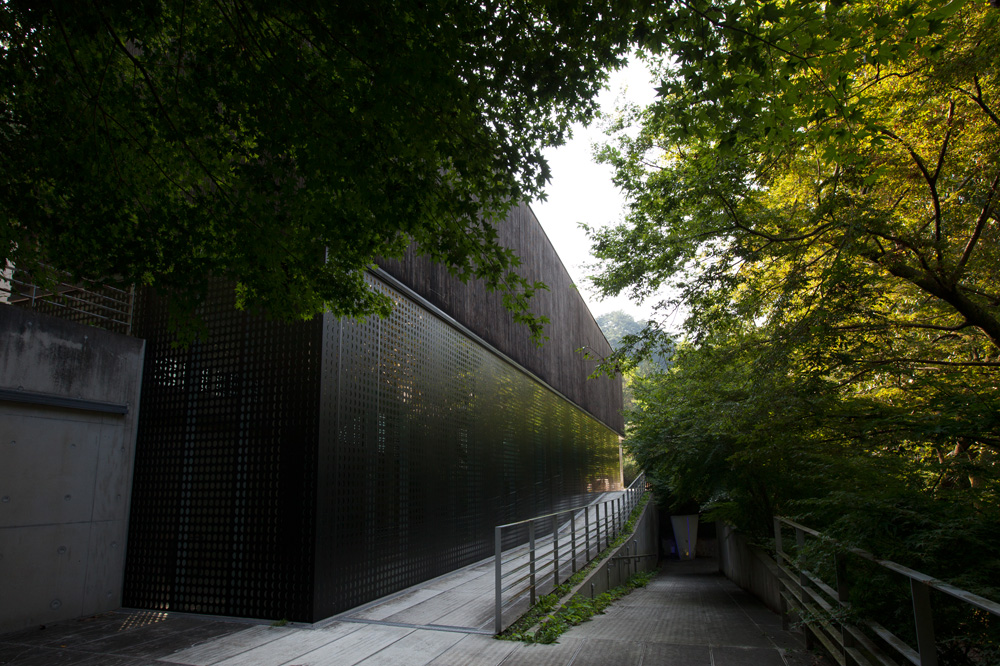
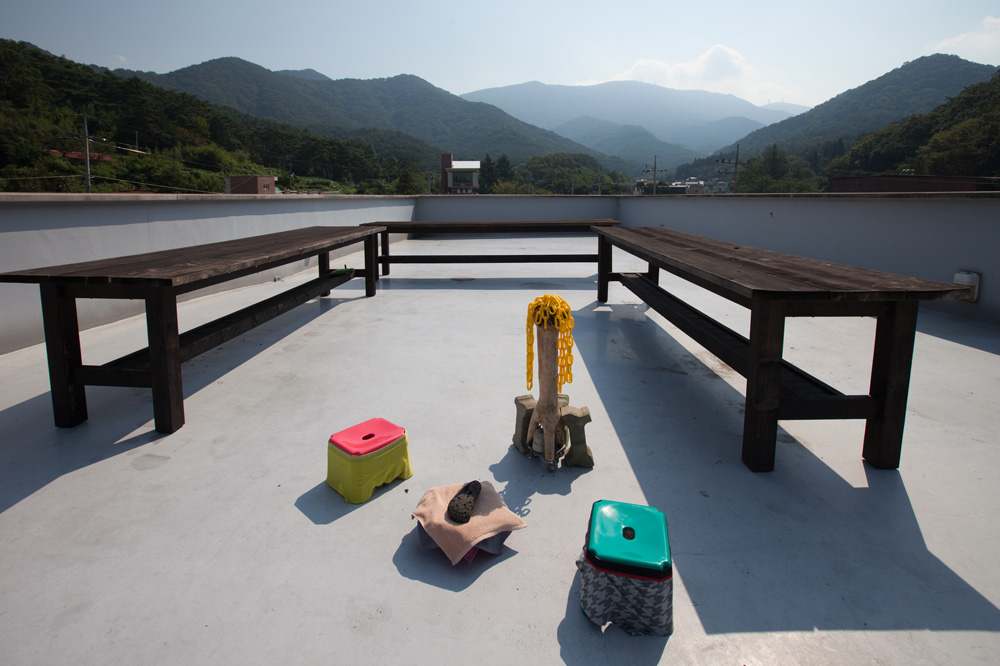
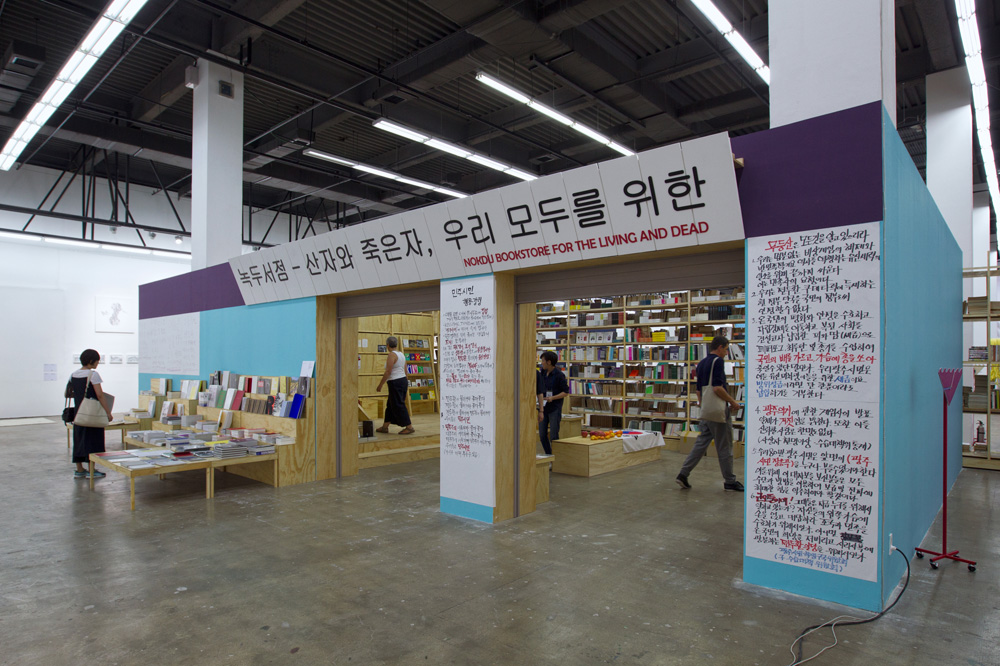
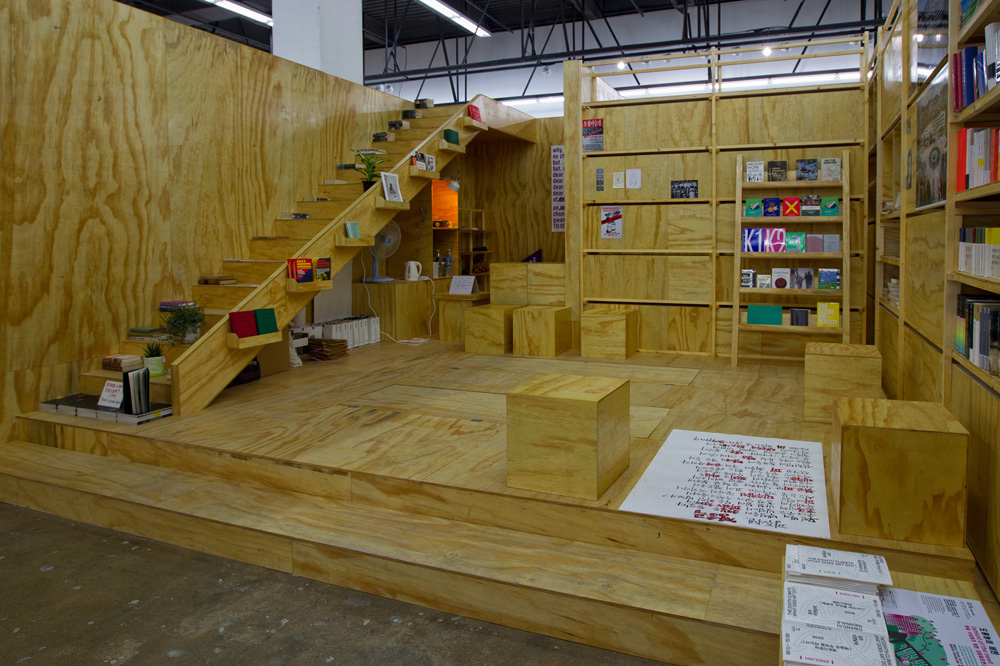
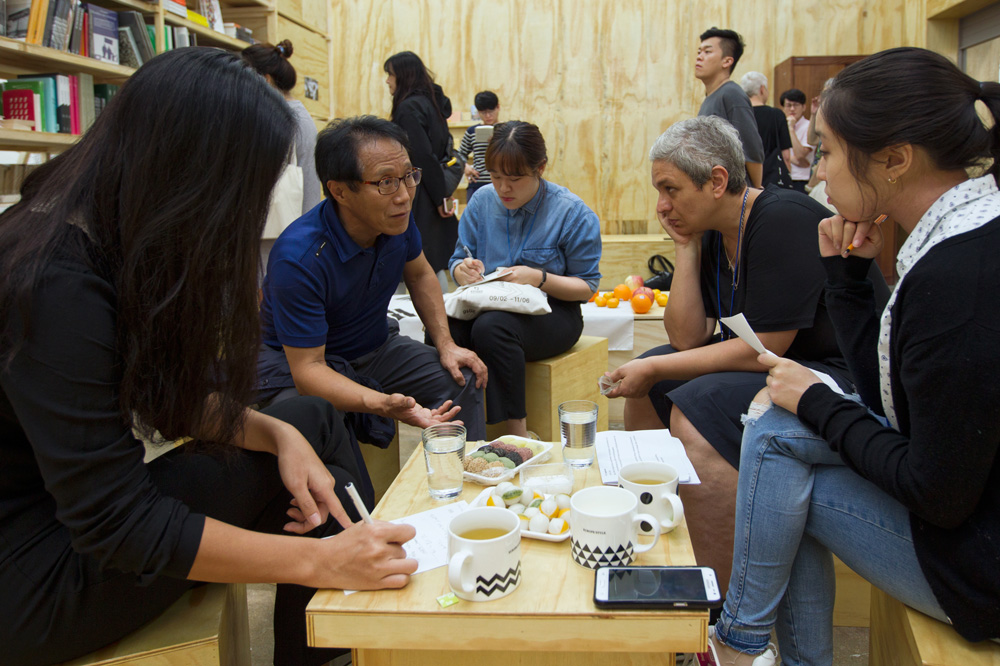
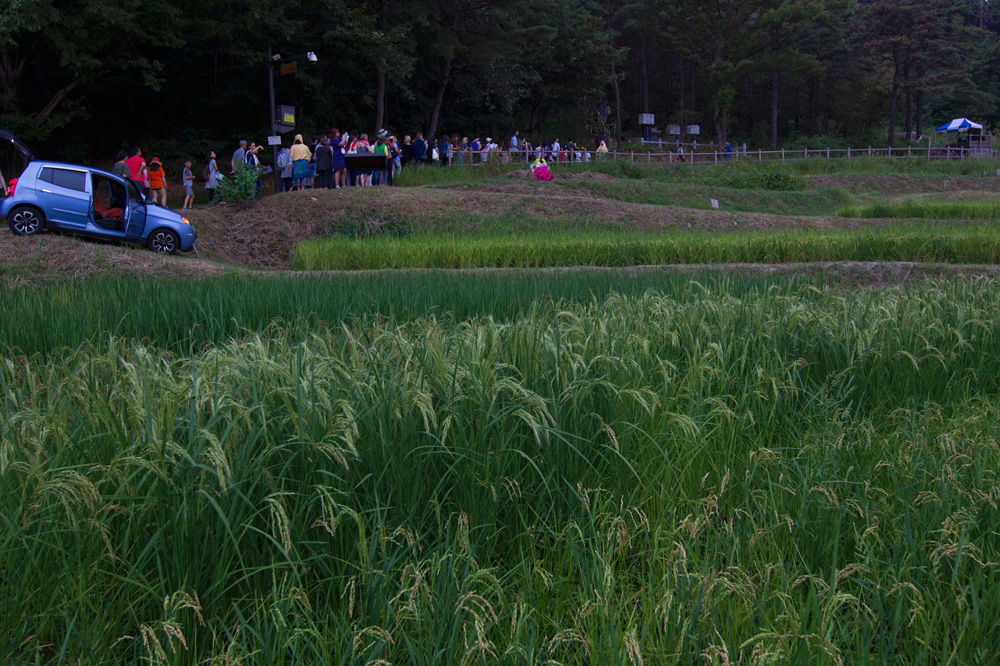
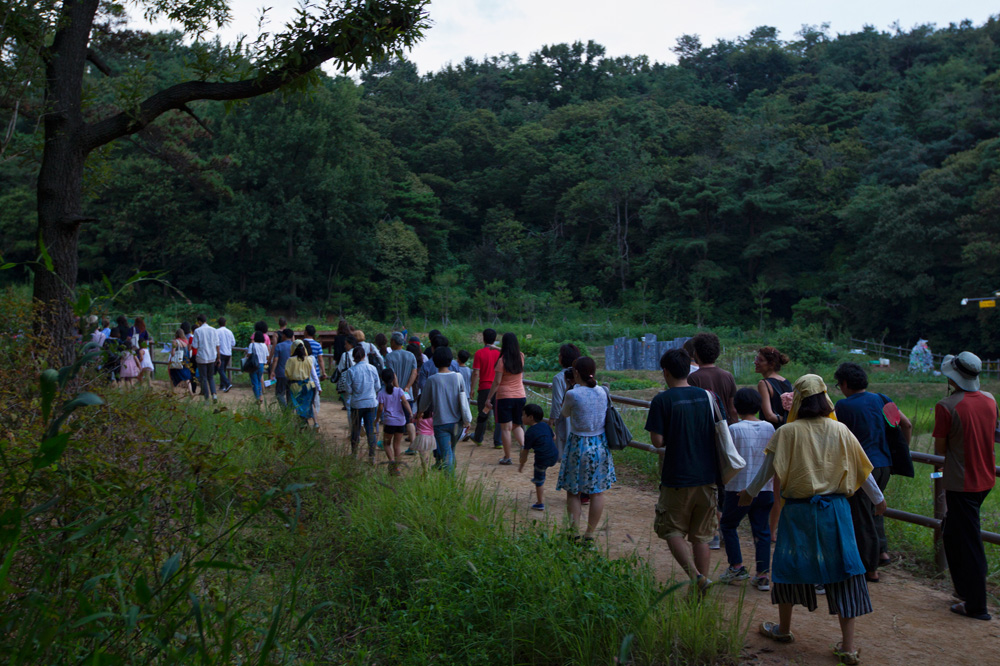
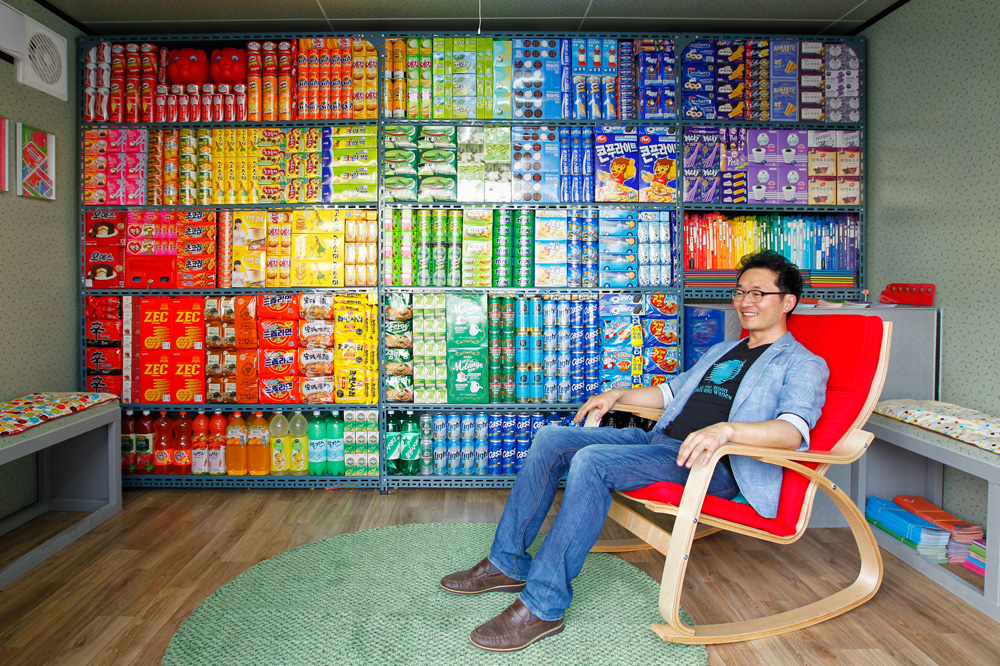
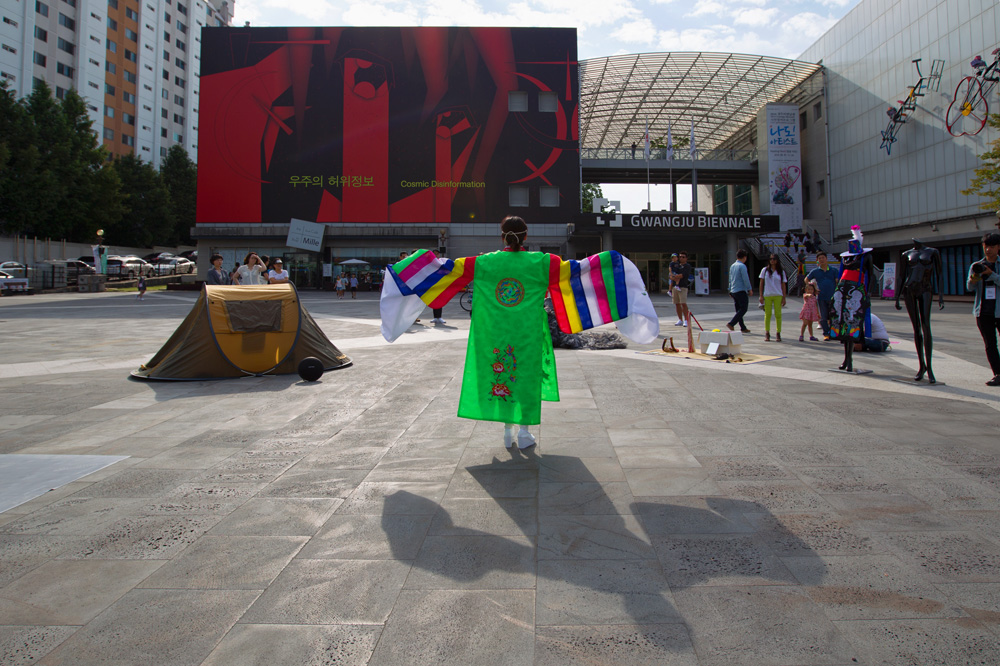
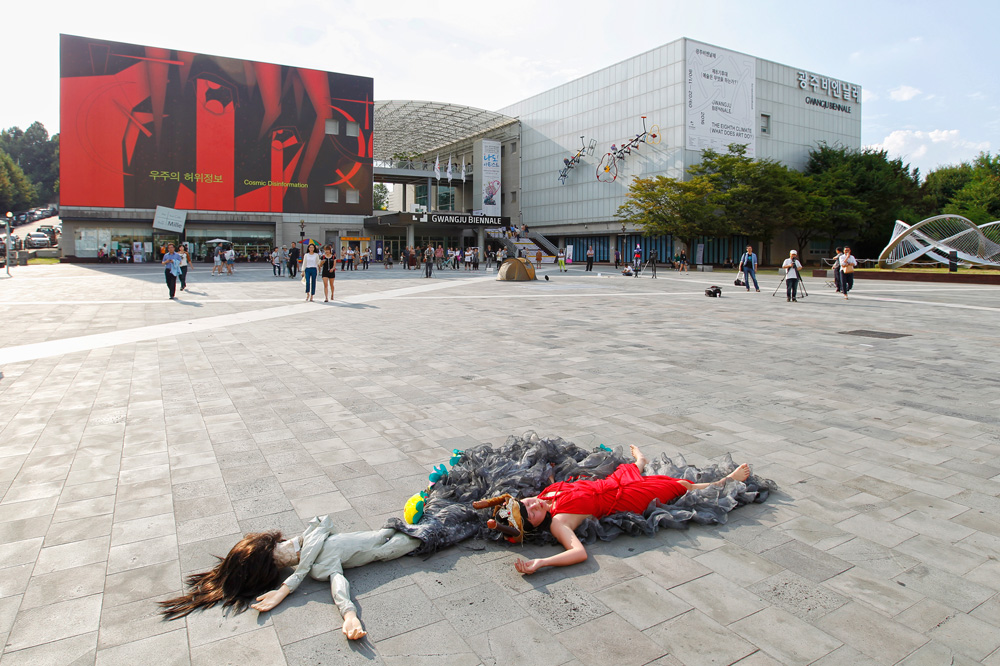





















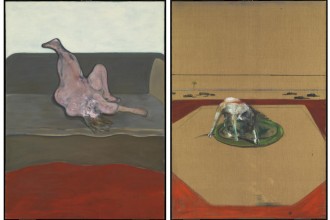
2 Comments